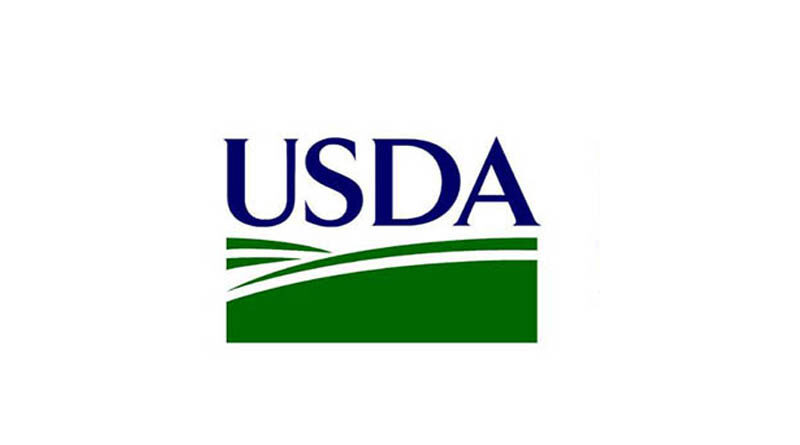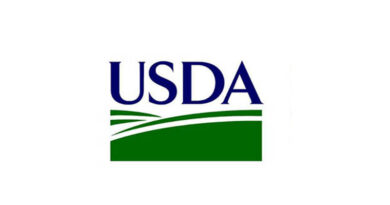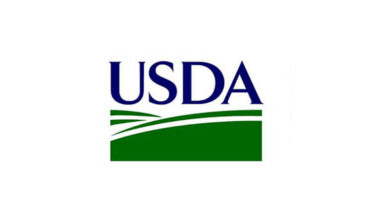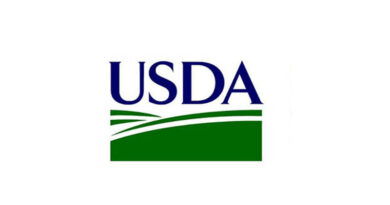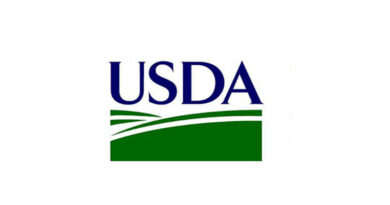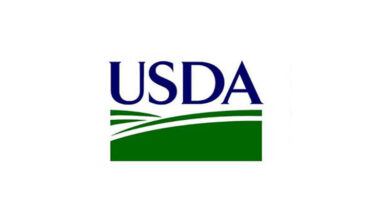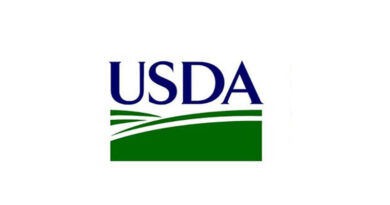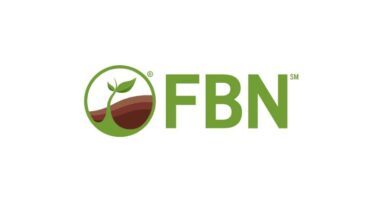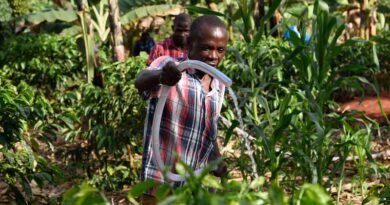USDA Invests $1 Billion to Improve Community Infrastructure for People Living in Rural Towns Across the Country
27 January 2022, US: United States Department of Agriculture (USDA) Deputy Secretary Dr. Jewel Bronaugh today announced that USDA is investing $1 billion to build and improve critical community facilities in 48 states, Puerto Rico and Guam (PDF, 449 KB). This infrastructure funding will increase access to health care, education and public safety while spurring community development and building sound infrastructure for people living in rural communities.
“The Biden-Harris Administration has made investing in infrastructure improvements a top priority,” Bronaugh said. “These loans and grants will help rural communities invest in facilities and services that are vital to all communities, such as health care facilities, schools, libraries, and first responder vehicles and equipment. When we invest in essential services in rural America, we build opportunity and prosperity for the people who call rural communities home.”
Also Read: Certis biologicals names Dr. Holly davis field development manager in southern central USA
Bronaugh highlighted 731 projects that USDA is making in five programs that will fund essential community services to help rural America build back better, stronger and more equitably than ever before. These programs include Community Facilities Direct Loans and Grants, Community Facilities Loan Guarantees, Community Facilities Technical Assistance Training Grants, Community Facilities Disaster Grants, and Economic Impact Initiative Grants. The projects will finance emergency response vehicles and equipment; build or improve hospitals and clinics and help fund other essential community facilities. Bronaugh underscored the critical role that Senator Richard Shelby of Alabama, Vice Chairman of the U.S. Senate Committee on Appropriations, had in fighting for additional funding for the Community Facilities Direct Loans, which made many of these investments in critical rural infrastructure possible.
For example:
- In Alabama, Medical West Hospital Authority will use $360 million in Community Facilities program funding to build a state-of-the-art, 200-bed hospital. This hospital will feature a 26-room emergency department, 12 operating rooms, eight labor and delivery rooms, and eight multi-purpose rooms. This 405,186- square-foot facility will be strategically located to serve rural west Jefferson County, rural west Tuscaloosa County and other surrounding rural communities. This project will benefit approximately 333,000 rural people in these communities.
- In Iowa, the city of Sabula is receiving a $225,000 Community Facilities Disaster Grant to purchase a fire tanker/pumper truck. The city’s current pumper truck is nearly 20 years old, beyond its useful life and has expired equipment. This project will help the city purchase a new truck and new equipment to improve fire protection services for the city’s 576 residents.
- In Michigan, Munising Memorial Hospital will use a $63,000 Economic Impact Initiative Grant to purchase a mobile x-ray room. The medical equipment will include a computer interface and processing software, as well as the automatic transfer of patient information and reports. This equipment will benefit more than 9,600 rural people.
Background:
More than 100 types of projects are eligible for Community Facilities funding. Eligible applicants include municipalities, public bodies, nonprofit organizations and federally recognized Native American tribes. Projects must be in rural areas with a population of 20,000 or less. For more information, visit www.rd.usda.gov/programs-services/community-facilities/community-facilities-direct-loan-grant-program.
Interested parties should contact their USDA Rural Development state office for information about additional funding, application procedures and eligibility. Also see the Community Facilities Direct Loan Program Guidance Book for Applicants (PDF, 669 KB) for a detailed overview of the application process.
The awards being announced today are being made in Alabama, Arkansas, Arizona, California, Colorado, Connecticut, Delaware, Florida, Georgia, Hawaii, Idaho, Illinois, Indiana, Iowa, Kansas, Kentucky, Louisiana, Maine, Maryland, Massachusetts, Michigan, Minnesota, Mississippi, Missouri, Montana, Nebraska, Nevada, New Hampshire, New Jersey, New Mexico, New York, North Carolina, North Dakota, Ohio, Oklahoma, Oregon, Pennsylvania, Rhode Island, South Carolina, Tennessee, Texas, Utah, Virginia, Vermont, Washington, West Virginia, Wisconsin, Wyoming, Washington D.C., Puerto Rico and Guam.
Under the Biden-Harris Administration, Rural Development provides loans and grants to help expand economic opportunities, create jobs and improve the quality of life for millions of Americans in rural areas. This assistance supports infrastructure improvements; business development; housing; community facilities such as schools, public safety and health care; and high-speed internet access in rural, Tribal and high-poverty areas. For more information, visit www.rd.usda.gov. If you’d like to subscribe to USDA Rural Development updates, visit our GovDelivery subscriber page.
USDA touches the lives of all Americans each day in so many positive ways. In the Biden-Harris Administration, USDA is transforming America’s food system with a greater focus on more resilient local and regional food production, ensuring access to healthy and nutritious food in all communities, building new markets and streams of income for farmers and producers using climate, smart food and forestry practices, making historic investments in infrastructure and clean energy capabilities in rural America, and committing to equity across the Department by removing systemic barriers and building a workforce more representative of America. To learn more, visit www.usda.gov.

